VIEWS OF LAGO COLONY


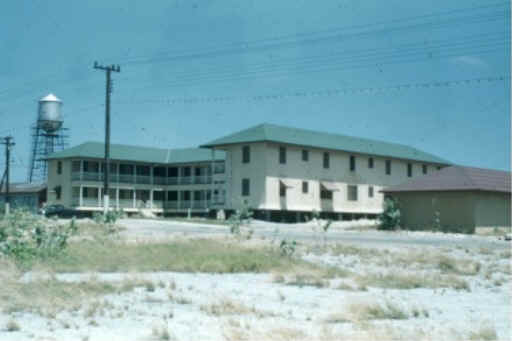
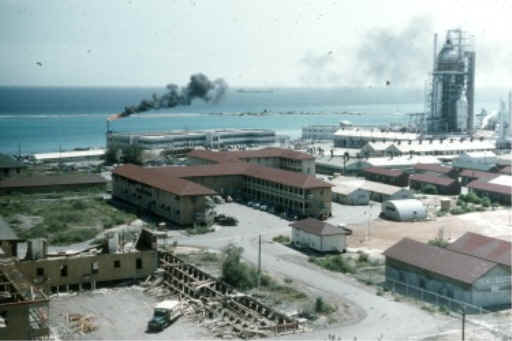
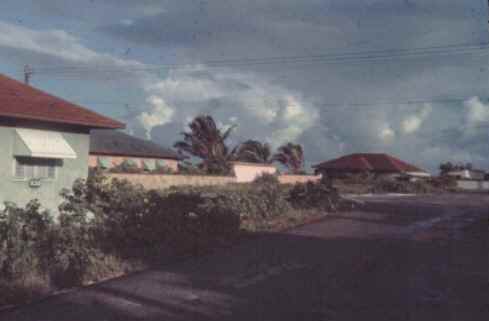

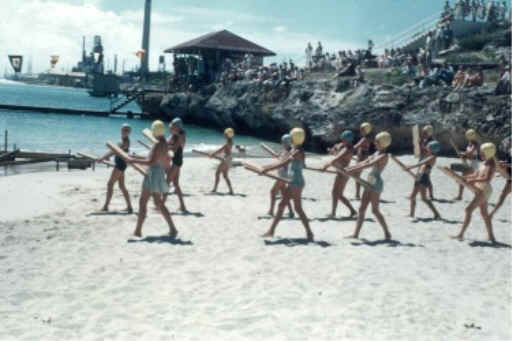
Another view of Roger's Beach with the T-Dock in the background, before it was a T shaped dock. The sail boat at the dock is a Snipe.

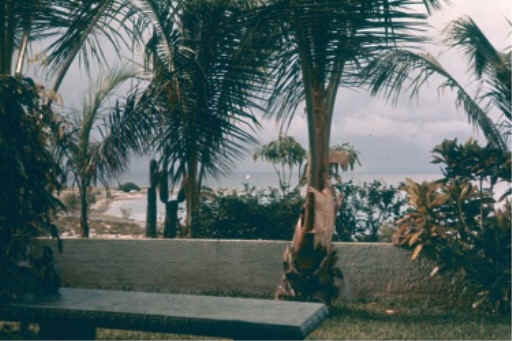

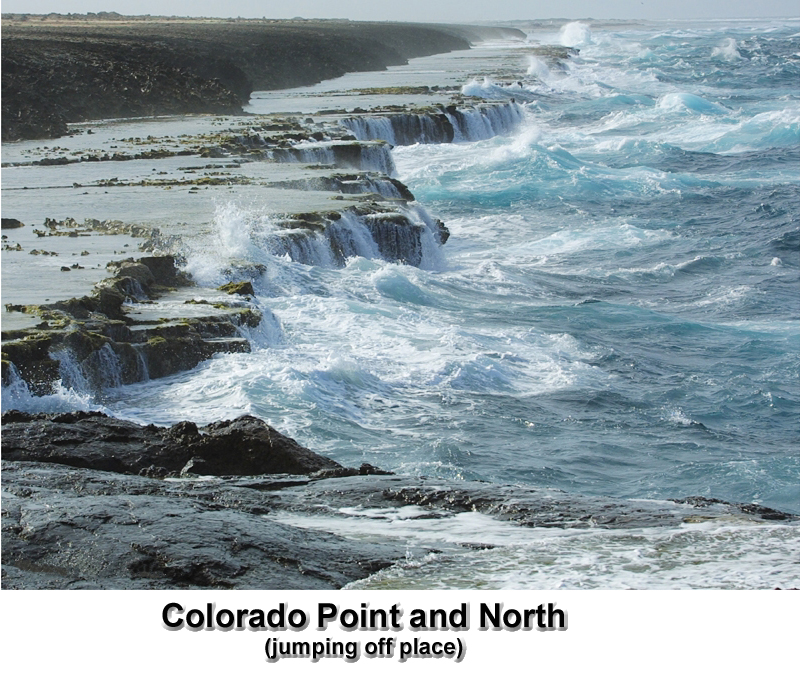
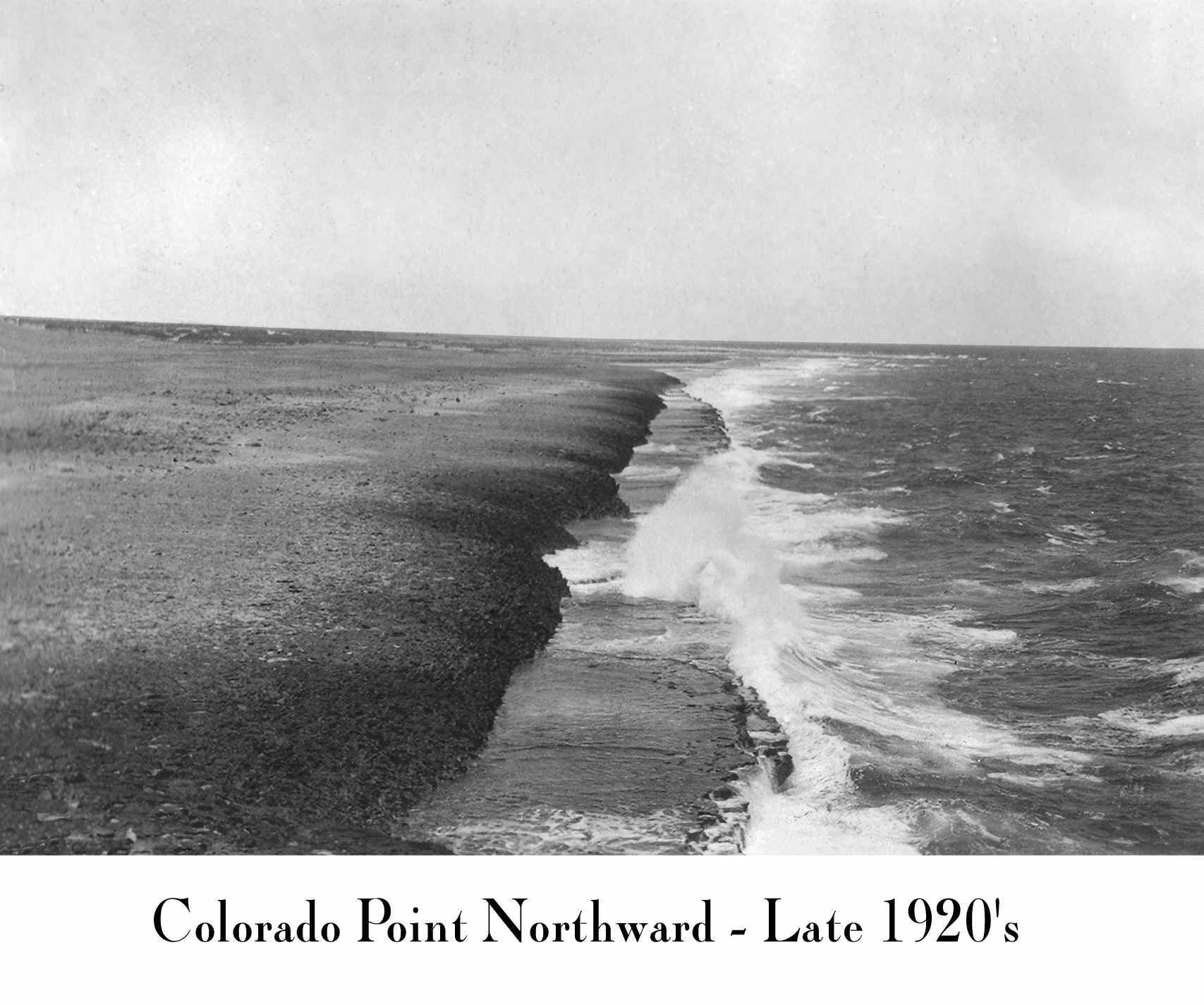
| RETURN TO LAGO MAP | OTHER VIEWS OF LAGO COLONY |
|
VIEWS OF LAGO COLONY |
||
| by: Bob Schiageter | ||
| The photo below overlooks the Lago Colony. The two story building center left is the elementary school, note the fire escape slide from the second floor. The lagoon was know as the Big Lagoon. The New Esso Club is the low white building beyond the lagoon. The building in the foreground is the Esso Service Center run by Mr. Cruze. | ||
 |
||
| The next photo is the open air movie theater at the "Old" Esso Club. The captain chairs were moved off the concrete floor for dances or tables were brought in for Bingo games. The Old Esso Club was erected at the beginning of World War II after the original Esso Club burned. The Old Esso Club was removed when the New Esso Club was completed after the war. This is the theater that was buzzed by the DC-3 in distress during the blackout of World War II. (SEE STORY) | ||
 |
||
| Bachelor Quarters for single foreign staff employees. At one time there were six of these style buildings for male employees and one for single female employees, know as the Girls Dorm. | ||
 |
||
| Another view of the bachelor quarters, Two can be seen in the photo with a third under construction. The Cat Cracker is in the rear right of the photo and the Main Office Building is the white two story flat roof building in the center rear, below the smoke from the flare. The flame is unwanted gas being burned. The single story red roof buildings to the right in the photo is the Lago Vocational School where local hire employees were trained. | ||
 |
||
| A typical street in Lago Colony is show in the lower photo. | ||
 |
||
| The Back Road of Lago Colony is shown in the following photo.. The large structure on the hill, center, in the back of the photo is the Lago Hospital which was open to all employees and their dependents, both foreign staff and local hire. The low structure with a car parked in front of it is Slim's Garage. Slim was a local mechanic who fixed the foreign staff employee's personal cars, for a fee. The garage also had bays where employees could work on their own cars and Slim's was a hang out for local teenage boys working on their cars. The three water tanks held drinking water for the Colony. This was fresh water brought in from New Jersey in Esso tankers with special cement lined water tanks to supply Aruba. (SEE SUPPLY SHIPS) | ||
 |
||
| Girls getting ready to put on a water show at Roger's Beach. Note refinery with Cat Cracker in back ground. The structure is the bath house for the Big Dock. Many of the Colony inhabitance can be seen sitting on the coral and steps leading down to the Big Dock. | ||
 |
||
|
Another view of Roger's Beach with the T-Dock in the background, before it was a T shaped dock. The sail boat at the dock is a Snipe. |
||
 |
||
| A view from a bungalow in the 200 row overlooking the Big Lagoon. | ||
 |
||
| Colorado Point and the Caribbean Sea | ||
 |
||
| The following photographs are supplied by Stan Norcom. | ||
 |
||
 |
||
| LAGO COLONY | ||
| Lago Colony, that is what we called the oil camp on the east end of the island of Aruba. Lago Colony came into being in 1924, when Pan American Petroleum’s subsidiary, Lago Oil and Transport Co. Ltd. Signed a lease with the Dutch Government for land on which to build a crude oil transshipping facility and housing for the families of the English offices who manned the Lake Tankers carrying the oil from Lake Maracaibo to Aruba. The refinery and influx of Americans came later, in 1928. | ||
| Now, the Colony as I knew it is gone, the region is once again called Sero Colorado, the original name for the area which means “Red Land or Hill” | ||
| Lago Colony meant many things to different people. | ||
| To me Lago Colony meant a small, self-contained town, populated by foreign staff employees who worked for Lago. That type of community, today, would be considered a settlement of colonial whites, living in a foreign land, protected from the natives by a chain-link fence. The inhabitants of Lago Colony were allowed outside the gate, the natives of the island were not allowed in, unless they had a reason and a pass to get past the guarded gate. I am sure many of the people living outside the fence, while I was living inside, viewed Lago Colony that way. Looking back on it today that is the way I see it. | ||
| When I was a child I did not see Lago Colony in that light, to me it was home. | ||
| All of what made Lago Colony are now gone; the foreign staff employees, their families, the Company as I knew it, have gone or undergone tremendous change. The houses, the clubs, the school buildings, the hospital, most of the roads are now torn down, demolished and the rubble dumped into the sea. | ||
| When I left Lago Colony in 1957, the Company was beginning to downsize, houses were being torn down and change was on the way. In 1985 the refinery closed and what was left of the Colony was given to the local government. | ||
| I lived in Bungalow 252 on the Lower Road. I lived there from birth, 1938 until my father retired in 1957. | ||
| Lago Colony was a company town but everyone seemed happy. They all had good jobs, no one was poor and best of all Lago maintained everything. | ||
| This was like living in a small town with paved roads, freshly painted houses, good schools, and lots of recreation, excellent free health care and No Taxes. Who could ask for anything more? | ||
| This is a look at the Lago Colony that was, the people who lived there and a little of what it was like growing up there. | ||
|